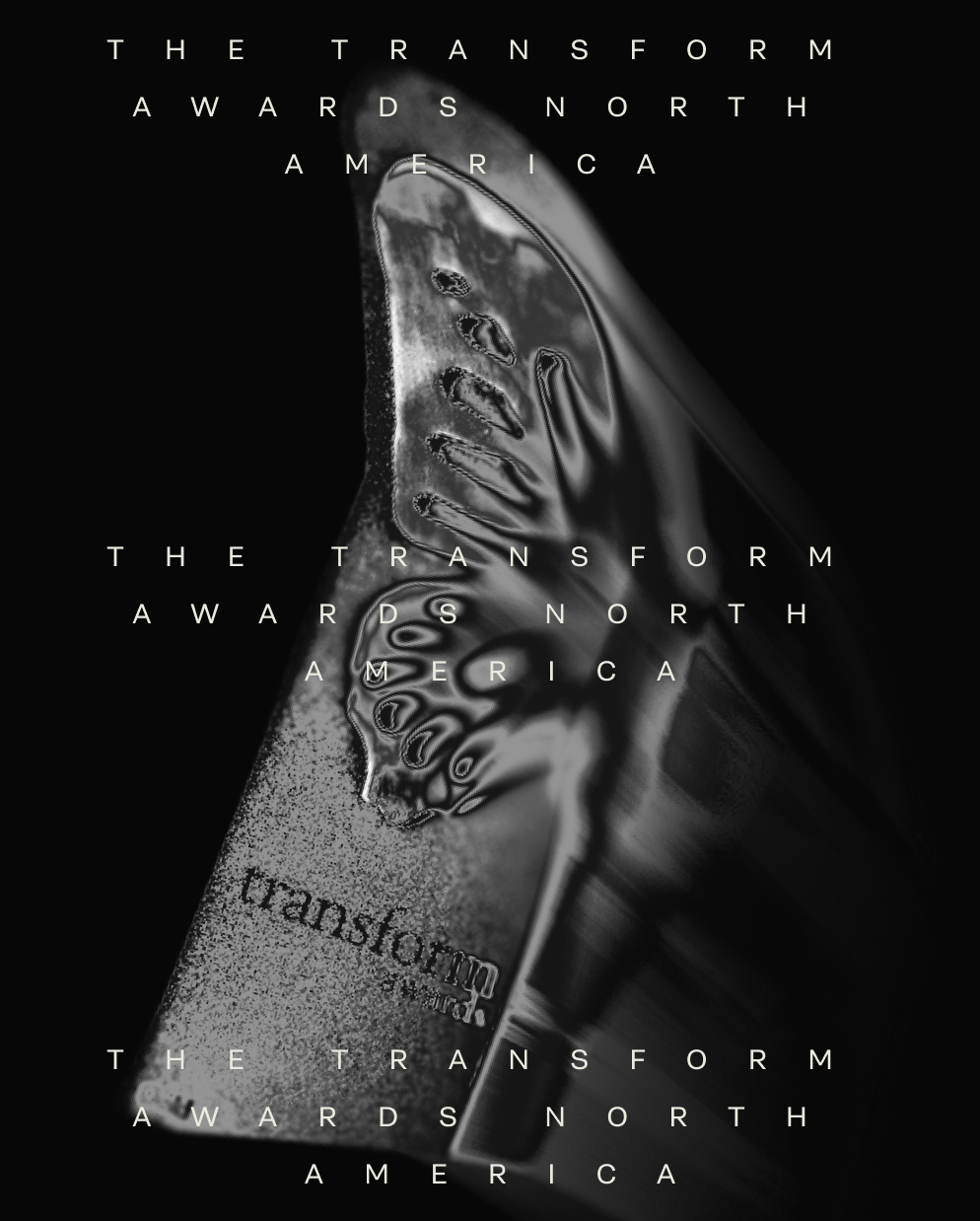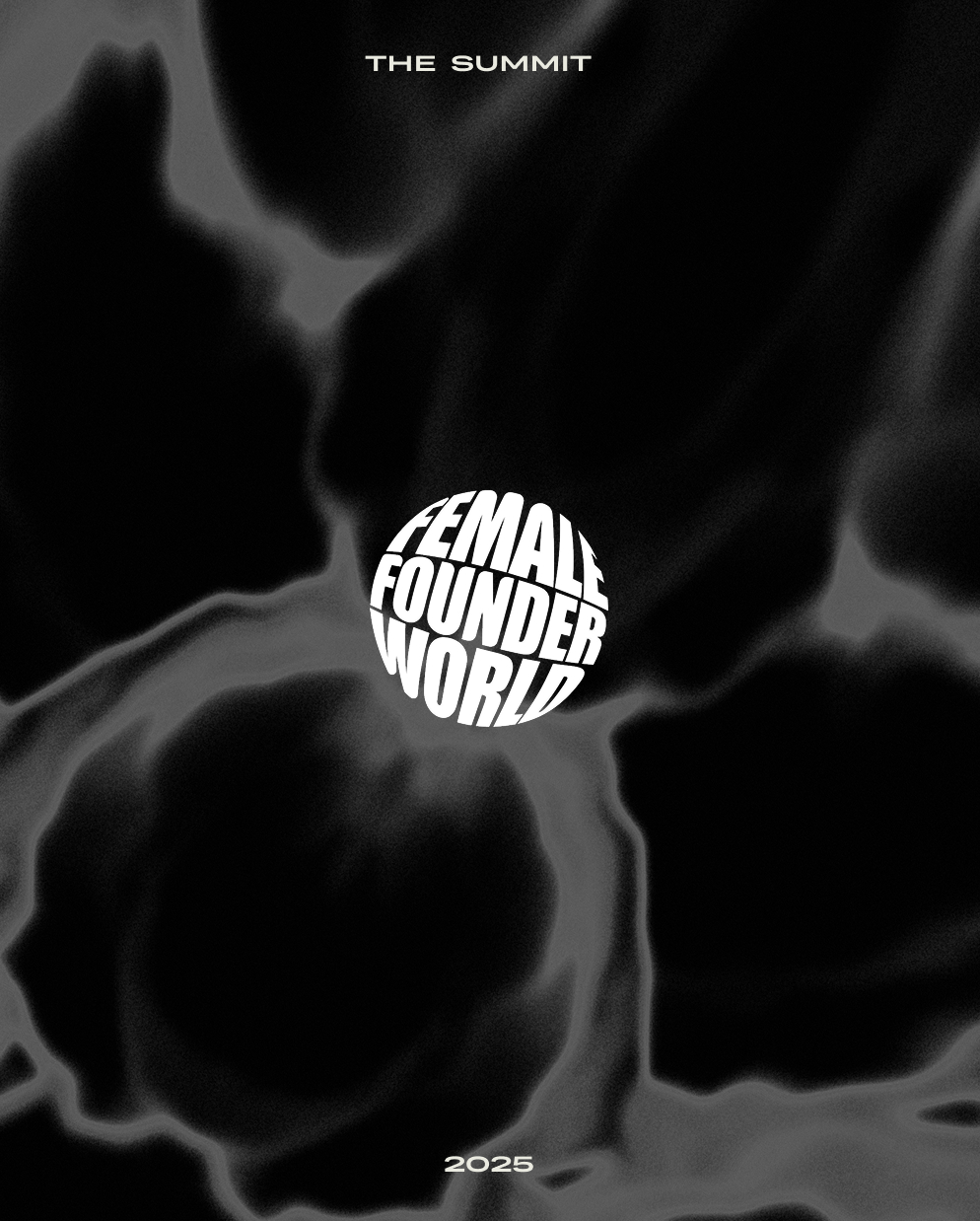What Formula 1 Can Teach Every Sport About Building a Brand

Can we talk about Formula 1 for a minute?
No, not the recent Joseph Kosinski film starring Brad Pitt. Although, it is precinct given that it’s the first major Hollywood film named directly after a sports league.
Formula 1 isn’t just one the world’s fastest growing sports brands, it might be one the world’s fastest-growing brands period. And it’s rapidly changing what it means to market a sports property to new fans around the globe.
This is a sport that, as recently as 2018 had no U.S. rights fee deal, instead giving the races to ESPN for free, essentially paying for its own exposure.
Then came Liberty Media. And with it, a complete reimagination of what F1 could be.
In a recent panel I attended at the Common Interest House at Cannes, Jodie Porter, Head of Experiences at F1, shared that at the 2025 Miami Grand Prix, more than 50% of fans wearing merch were wearing F1-branded merch.
Not Mercedes. Not Ferrari. Not Red Bull. F1.
Let that sink in.
Can you imagine half the crowd at MetLife Stadium in NFL merch? Or even 10% of spectators showing up to Anfield in Premier League gear?
What Liberty Media has done is nothing short of remarkable. They transformed F1 from a storied but subdued league championship brand into a full-blown entertainment franchise brand.
And they haven’t done it by sticking to the old playbook of broadcast deals and expansion events. Instead, they’ve brought new fans to the sport in a way that all other sports should be paying attention to — if they aren’t already.
I’m not just talking about the celebrated Netflix series Drive to Survive, which introduced millions of Americans to the drama, personalities, and politics of the paddock. But everything surrounding it.
They reinvented the once-stuffy grid walk that I grew up with (sorry Martin Brundle) into a social content machine. They leaned into "paddock fits" and the growing intersection of motorsport and fashion. And they launched unexpected collaborations, from LEGO sets to streetwear drops, creating immersive fan experiences that feel more like Coachella than a car race.
The impact? New fans. New markets. New revenue streams. And a brand that feels less like a federation of teams and drivers and more like a lifestyle.
Yes, F1 has some inherent advantages:
- An established global calendar the world of pro-cycling would kill for.
- A small, charismatic group of star athletes (each with their own fanbase) rivaling what the MLS can only hope to create.
- A high-stakes, easy-to-understand format that leagues like LIV Golf and TGL are actively trying to replicate.
But the framework is there. And it is repeatable.
Whether you’re representing an existing sport looking to enter a new market (e.g. pro-cricket or rugby in the U.S.), a traditional sport seeking reinvention (lacrosse, anyone?), or a new professional sport entirely (I’m looking at you, pickleball), there’s something to learn from F1.
Your old fan is not your new fan.
What works in your legacy market(s) won't necessarily land elsewhere, nor should it. New markets come with different expectations, habits, and cultural cues. You have to earn attention, not assume it.
Go native.
Create content that fits the format and energy of the platform it lives on. Whether it's Netflix, YouTube, TikTok, or Reddit, content should feel like it belongs there, not like it was dropped in from somewhere else.
Act like a lifestyle brand.
Your identity shouldn't begin and end with broadcast and merch. Gaming, travel, food… these are entry points into culture. F1's partnerships aren’t just PR plays; they are brand decisions that expand their relevance and touchpoints with potential future fans.
Lean into what makes you different.
Many leagues try to conform to mass tastes. F1 did the opposite. It leaned into its idiosyncrasies: the glamour, the exclusivity, the tension behind the scenes. When it came time to put a foot down on the throttle, that specificity became its edge.
F1’s rise isn’t just a story of marketing success, it’s a masterclass in modern brand building. At a time when leagues, clubs, and teams are all vying for cultural relevance. They didn’t just market the drivers, they branded the entire experience. And in doing so, shifted the value from the teams to the league itself.
So the question isn’t whether F1 cracked the code. It’s: who will be next?
Originally published in the Drum



.png)